Lately, I’ve been thinking a lot about the value of slowing down. Some of my favorite images haven’t come from quick reflexes or lucky timing. They’ve come from patience—taking the time to stop, assess a scene, carefully frame the shot, and then wait. That extra beat of observation, that moment of stillness, can make all the difference between a good photo and one that really tells a story.
A recent experience really drove this home for me. I was out shooting and came across a building with a beautiful, dramatic archway that immediately caught my eye. The composition was strong, the contrast was perfect, it checked all the boxes. I framed the shot, adjusted my exposure, and took the photo. It felt solid, the kind of image that might even find its way into my portfolio.
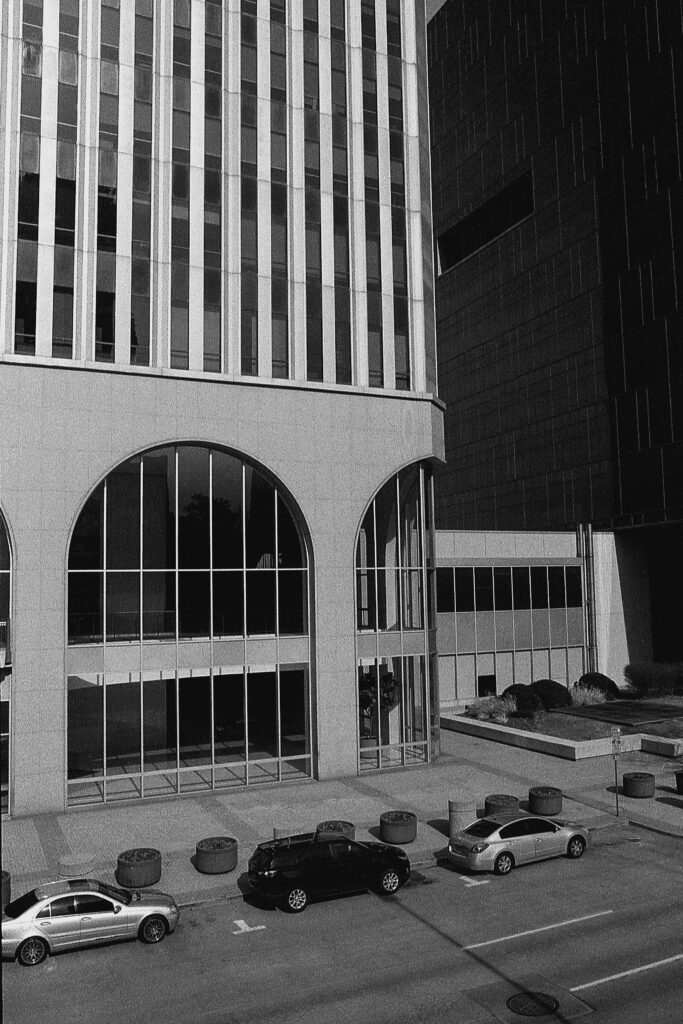
But then, as I lowered the camera, something shifted. A couple had entered the scene, walking through the very archway I had just photographed. I paused, watched, and waited. A few seconds later, when they stepped into just the right spot, I lifted my camera again and captured the frame. Same building. Same archway. Same exposure. Yet a completely different photograph. That second frame had a story, a human presence that changed the whole energy of the image. It reminded me that sometimes, the best moments in photography aren’t the ones we chase. They’re the ones we’re patient enough to see.
Coffee, Cameras, and Almost Missing the Shot
That morning started like a lot of my favorite days do: early, with a strong cup of coffee in hand, a camera loaded with film, and a vague plan to chase down some abandoned buildings. My buddy Austin and I had been poking around some locations I’d been wanting to photograph for a while. The light was good, the scenes were inspiring, and I was actually shooting so much that I almost filled an entire roll, something that, for me, is pretty rare to do in a single day.
With about five frames left, we decided to take a break and grab more coffee at one of my favorite spots. After refueling, we wandered through the streets, just killing time and looking for a few more shots to finish the roll. Now, I’m not one of those fancy people who can just pop a roll out halfway through and move on with life. No sir. I have to squeeze every last frame out of that thing, and then immediately fall into despair when I realize half of it was garbage.
As we walked, we came across a bridge overlooking a quiet street and architecture. One building in particular had this archway that practically begged to be photographed. The morning sun lit it up perfectly, casting sharp shadows and giving the scene a crispness that you don’t always get. I framed it carefully, dialed in my settings, and took the shot.
Normally, that would have been that. I would have nodded, said “good enough,” and moved on. But out of the corner of my eye, I caught a couple walking toward the building. Without thinking too hard about it, I waited. I wanted that extra element, something to add a spark of life and narrative to the composition. I watched them get closer… closer… almost there, and click.
Except… I jumped the gun a little. I fired just a touch too early. My heart sank as I cranked the film advance lever, ready to go again, but that was it. No more frames. Done. Finished. All I could do was hope that what I had gotten was good enough.
When I got the scans back, I saw that the couple wasn’t perfectly centered like I had envisioned. They were a little off. But funny enough, that imperfection made the shot better. It felt natural, unforced—like a fleeting moment you stumbled across rather than something meticulously staged. The tension, the movement, the subtle story unfolding, it was all still there, and maybe even stronger because it wasn’t perfect.
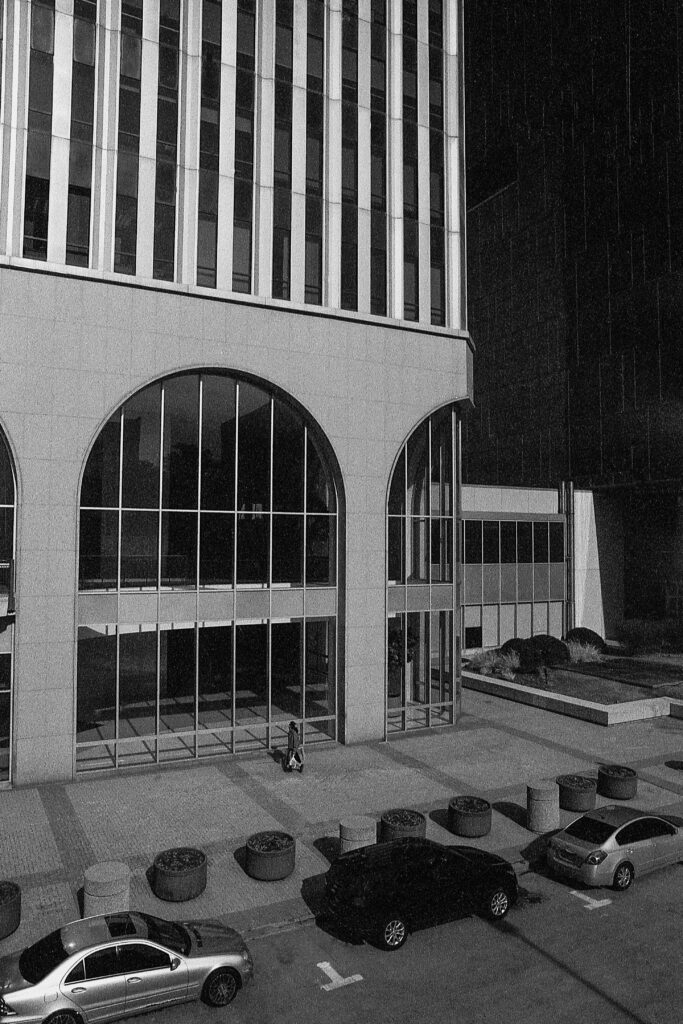
Learning to See More
For me, slowing down with a camera in my hands has changed the way I see. Not just a quick glance, but a real, deliberate kind of looking. When I pause—actually pause—it forces me past that first instinct. Something may grab my attention right away, but if I give it a little more time, I usually notice details I would’ve missed. Sometimes it’s a stronger angle, sometimes it’s the way the light shifts, sometimes it’s just waiting for the right person or element to step into the frame.
With film especially, that patience feels even more important. There’s no screen to double-check, no instant reassurance. I have to trust my instincts and whatever my meter is telling me. I find myself asking: am I exposing for what matters most? Is the light going to play tricks on me? Will this moment hold up once it’s sitting as a print on a wall? That kind of thinking slows me down in the best way, it makes me consider not just the photo in front of me, but the story I’m trying to tell with it.
And honestly, the biggest shift has been how it makes me feel. Slowing down quiets all the mental clutter and turns photography into something closer to listening. It’s not a frantic hunt for pictures, it’s a way of being present, of letting a place or moment reveal itself before I press the shutter.
Fast vs. Slow: Both Have Their Place
For me, film photography has always carried a natural kind of slowness. You only get so many frames, and every click feels like it has a little more weight. There’s no rapid-fire burst, no screen to check, no instant reassurance. That limitation forces me to think more carefully, but I’ve found that the trade-off often gives the images a depth I might have missed otherwise.
Of course, I know speed has its place too. Street photography, for example, is built on those fleeting, “blink and you miss it” moments. Some photographers thrive in that quick, instinctive style, and I admire the way they capture energy in motion. That’s never really been my natural rhythm, though. My work tends to lean toward patience, toward waiting, toward letting the scene settle before I press the shutter.
I don’t see one as better than the other, they’re just different ways of working. Fast can be bold and electric; slow can be layered and quiet. For me, slowing down feels like the right fit, the way I can connect more honestly with what I’m photographing. Or maybe it’s just that I’m not fast enough, and calling it “intentional” makes me sound wise instead of clumsy. Either way, it’s the pace that feels like home.
Final Thoughts: Make Time for the Story
For me, speed has never really been part of how I shoot. My process has always been slower, more deliberate. That might not be the way you shoot, and that’s okay. Your photography should be yours, not what people direct you to be. I like to take my time, to notice the little details, to wait and see if something shifts in the scene. That slower pace feels honest to the way I see the world, and while it might mean I miss a few fleeting moments, it also means the images I do make are the ones I’m genuinely connected to.
Slowing down has made photography feel less like a race and more like a conversation. It’s helped me be more intentional, more connected, and, honestly, more satisfied with the work I create. It’s allowed me to not just capture what something looked like, but what it felt like.
Until next time—Happy Shooting!
Share this post:
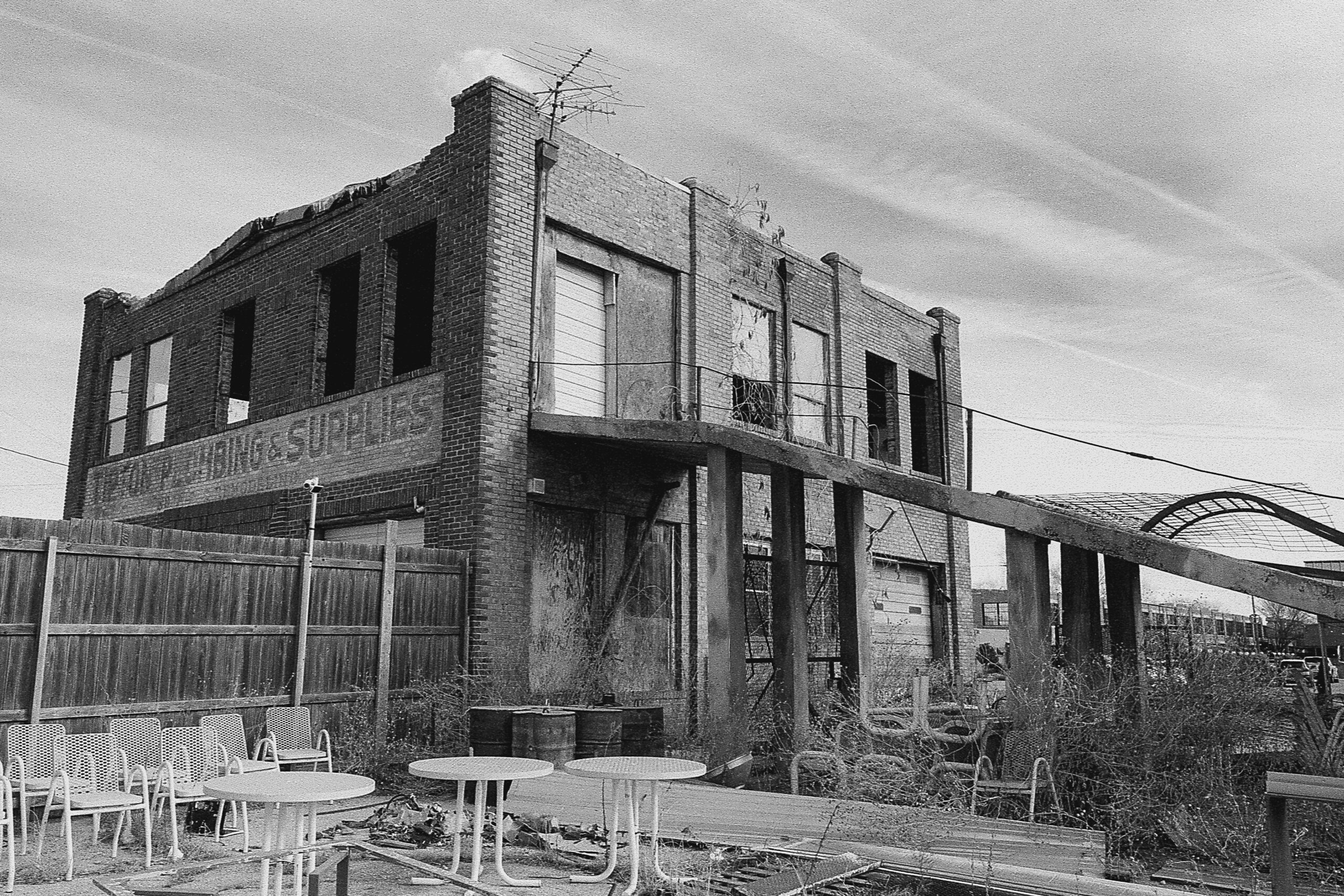
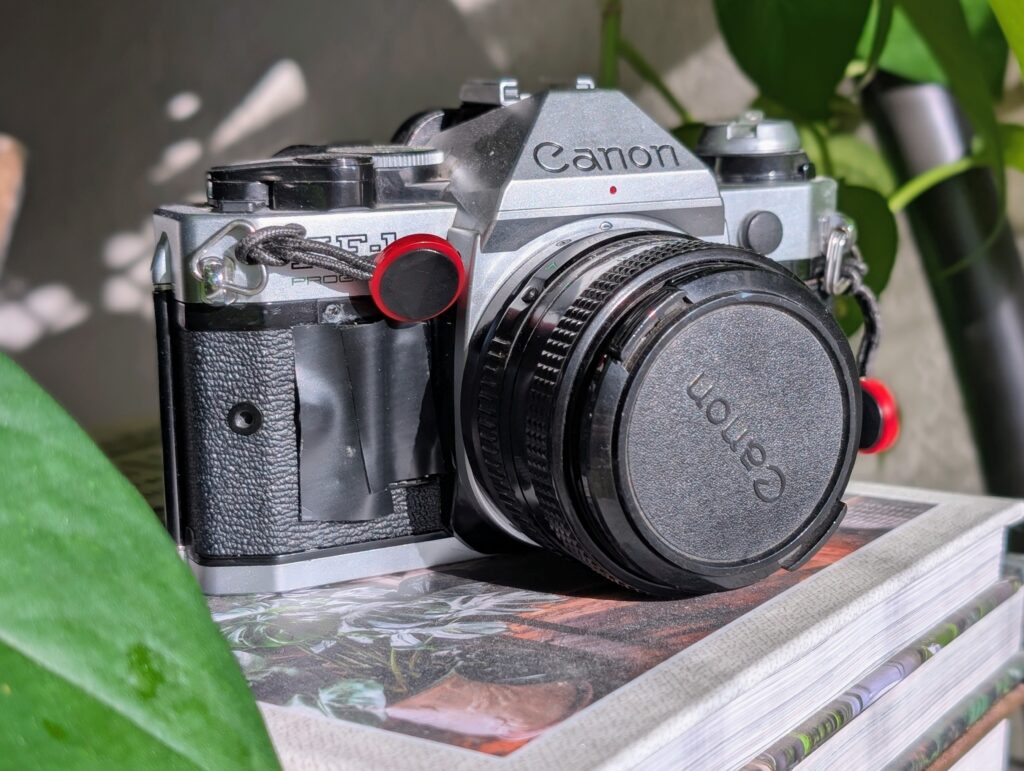
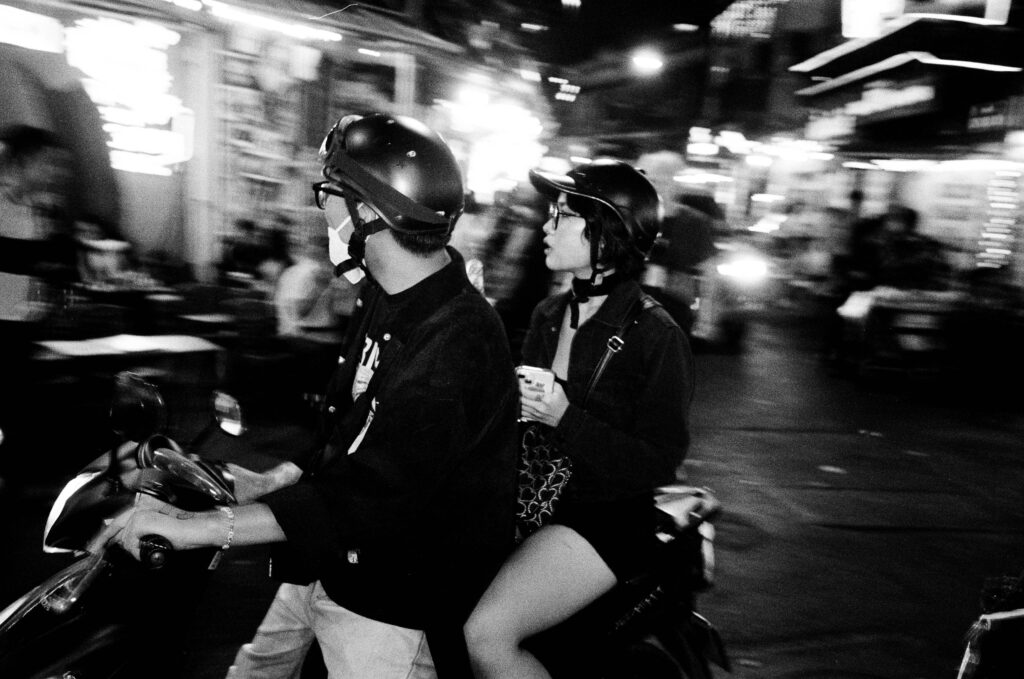
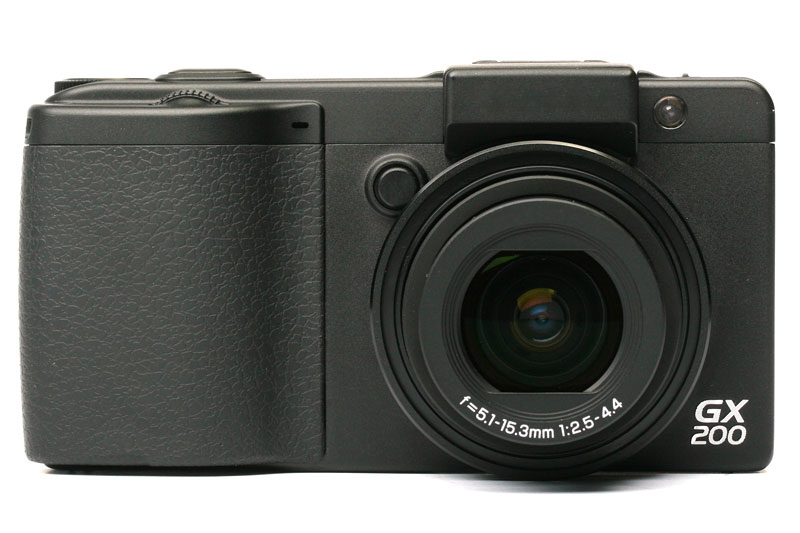
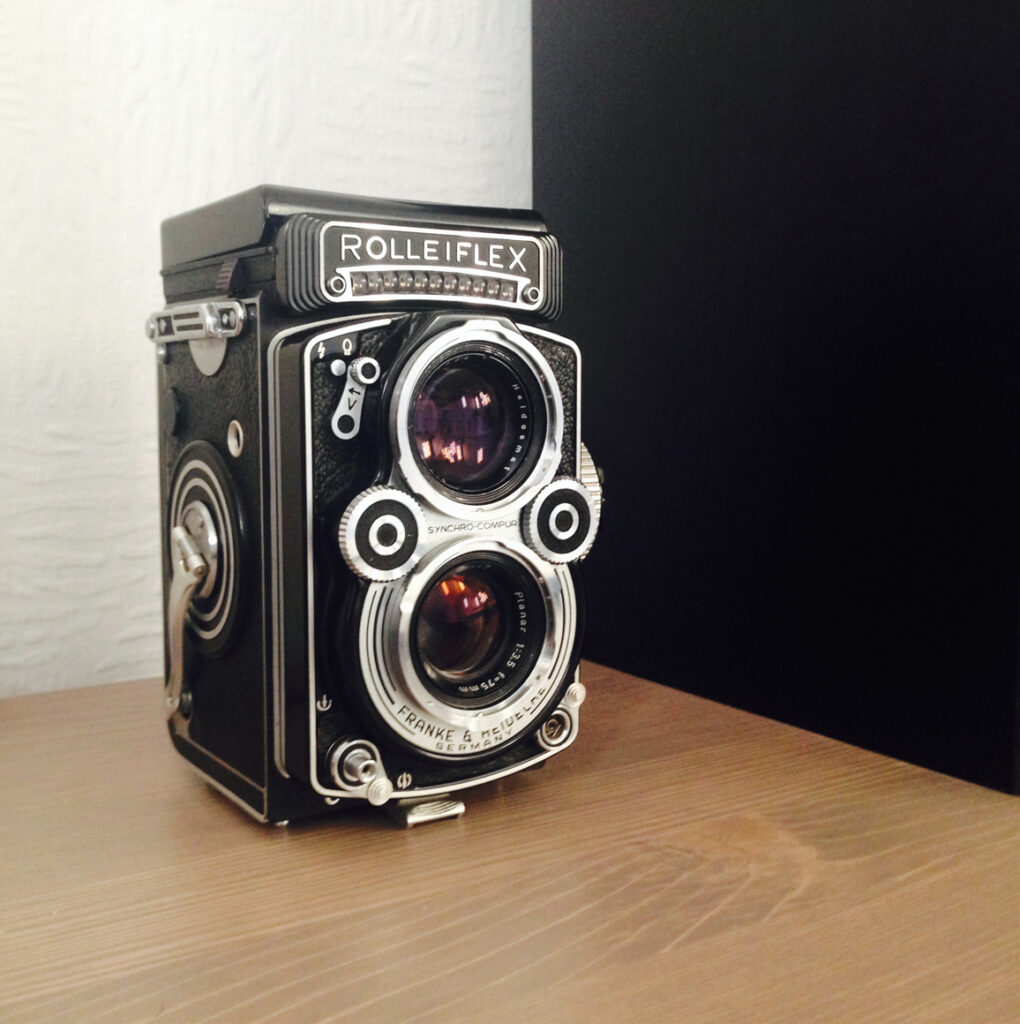
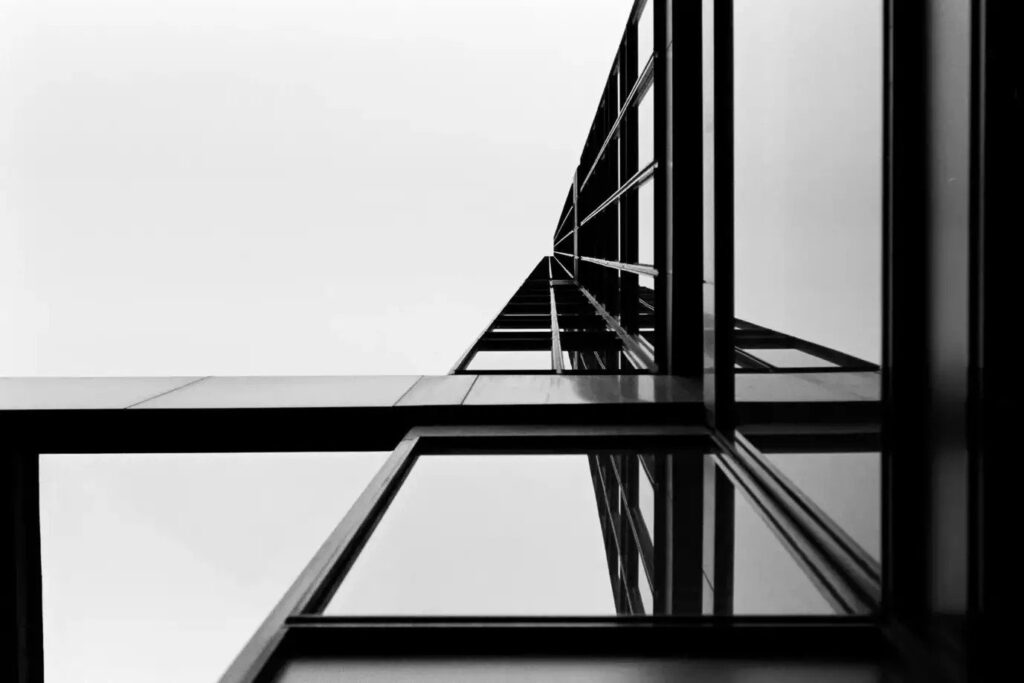


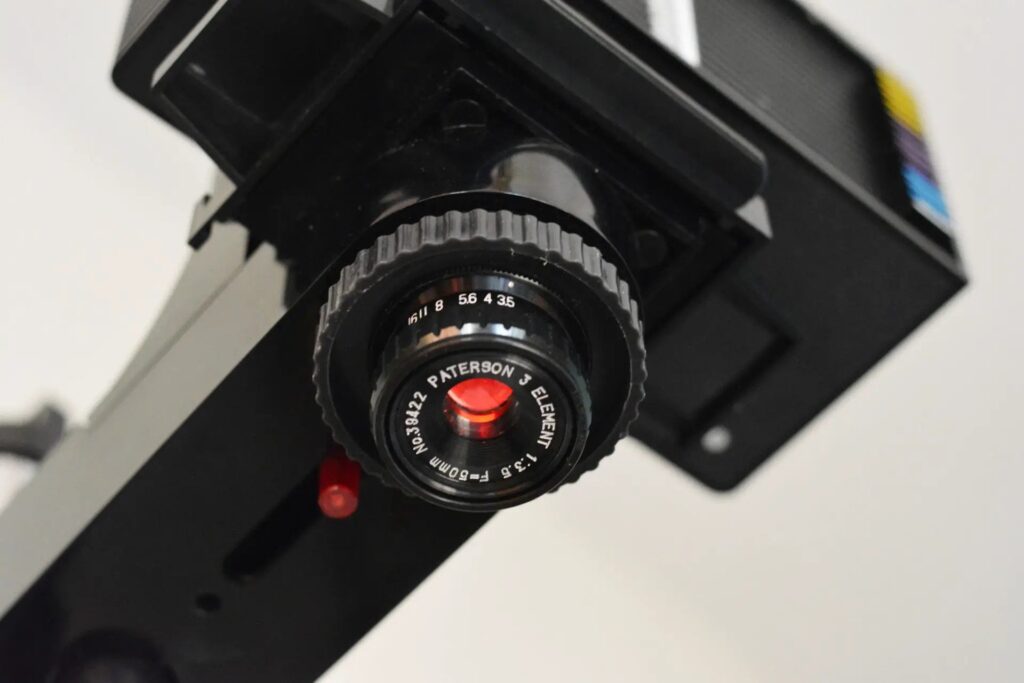
Comments
Bob Janes on The Case of Slowing Down in Photography
Comment posted: 24/11/2025
I've got two main AF SLR cameras, one is the first AF camera Minolta designed (9000) and the other is probably the most sophisticated they made (Dynax 7). AF technology advanced a lot in the 15 years between them, but, for some reason, when I was reaching for one to put a film in last week, my hand was drawn to the pedestrian AF and manual wind of the 9000...